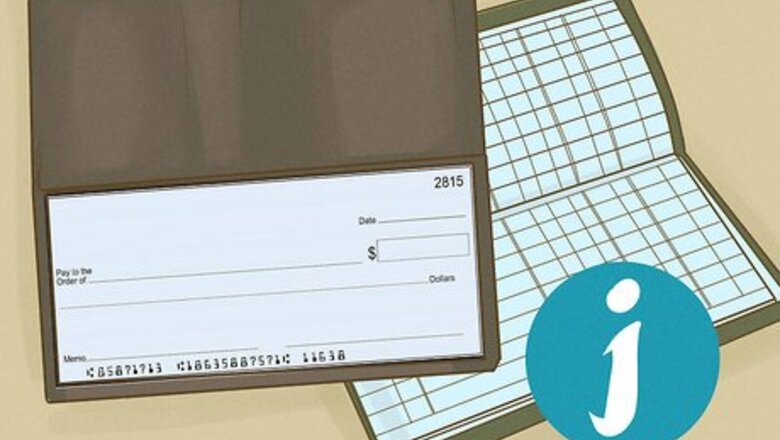
views
Gathering Your Basic Information

Have your account information handy. You definitely want to make sure that the money you are depositing goes into the right account. This is particularly important if you have more than one account at the same bank. If you do not have you account number memorized, take your checkbook with you. Your checks contain your account number. If you are making a deposit into savings, make sure that you have that account number. You can look it up on the online banking site, or view one of your hard copies of a recent statement. Your checks will come with some deposit slips that are printed with your information (name, etc.) You can use one of these, or your bank will have blank slips available if you don't have your own with you.
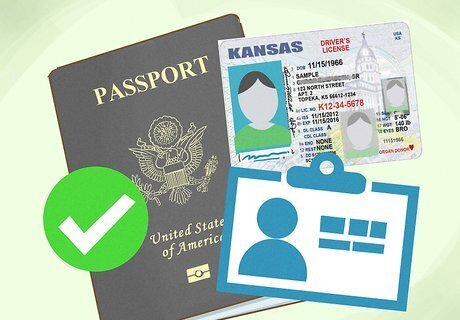
Take identification. It is a good idea to take a photo id with you when you go to the bank. You probably will not need it to make a deposit, but just in case there are any problems, you will have it with you. It's always best to be prepared. Make sure that you know which forms of identification your bank branch accepts. You should be able to find this information by calling and asking or viewing information on the bank website. Typically, you will need a driver's license, passport, state id card, or student id card.
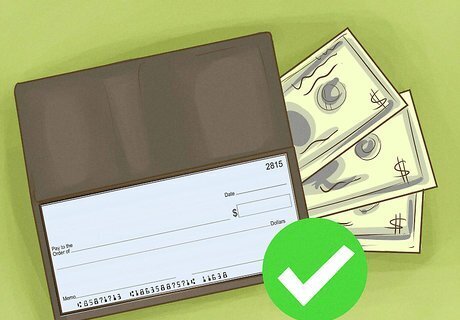
Have your cash and checks ready. Make sure that you have all of the currency you would like to deposit. If you have cash, make sure that you have counted it, and then recounted it to make sure that you know the precise amount that you want to deposit. If you are depositing checks, you will need to endorse them. On the back of the check, there will be a designated space for your signature. Under your signature, you can write "For Deposit Only". That way if you lose the checks on the way to the bank, no one will be able to cash them.
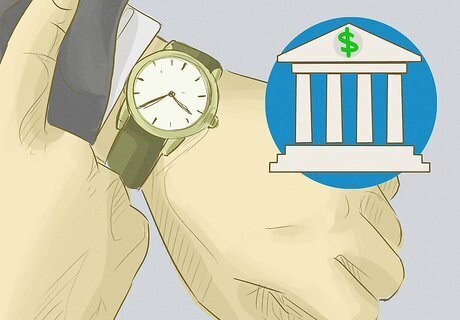
Know the bank hours. Many banks offer several different sets of business hours. The times that their drive through lane is open is often different from the lobby hours. Also, many banks have a 24-hour ATM in their vestibule. Familiarize yourself with all of the hours and days that the bank is open. Decide ahead of time whether you want to drive through, walk in, or use the ATM. If this is your first time filling out a deposit slip, it is a good idea to use the lobby. There will be more people available to help you if you need it.
Filling Out the Deposit Slip
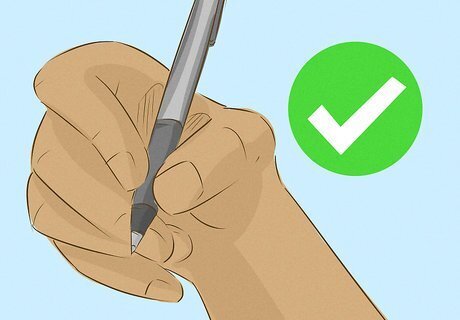
Use a pen. It is smart to use an ink pen rather than a pencil when filling out a deposit slip. That way, no one will be able to alter the information you have recorded. The teller will also be able to more easily read numbers written in a dark ink. Don't worry if you make an error. Just rip that one up and start over on a new slip.
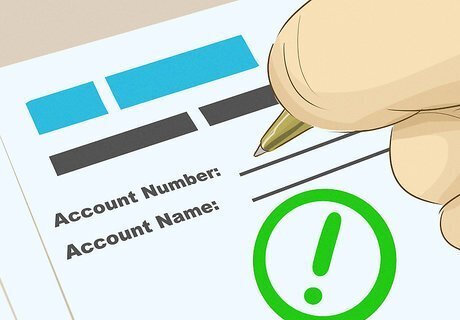
Write legibly. There are some different things you will need to write on the deposit slip. You want to make sure that the bank employees are able to read everything easily. This will prevent errors in recording your deposit. Use your best handwriting. Write the correct date on the deposit slip. You want a clear record of when you made this deposit.
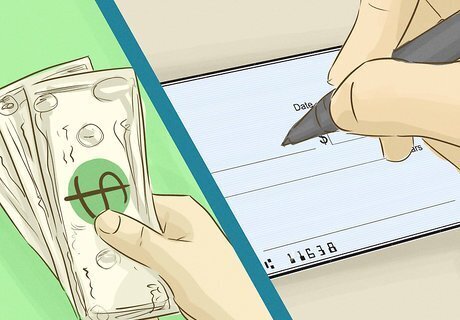
Deposit checks or cash. On the deposit slip, there are spaces for you to list the amounts that you are depositing. There will be a line for the total amount of cash that you want to place in your account. There are multiple lines for you to record the checks that you are depositing. Make sure to list each check individually. There are multiple lines for you to record them. If you run out of space, there are more lines on the back of the deposit slip.
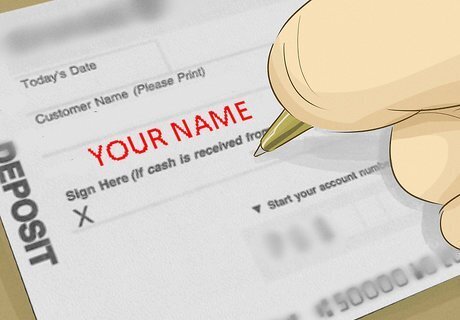
Receive cash back. You can choose to deposit the entire amount into your checking or savings account. You also have the option to receive part of the total amount back in the form of cash. If you would like to receive cash back, you will need to sign the deposit slip. The place for your signature is clearly labeled. It will say "Sign here to receive cash back", or similar.
Keeping Track of Your Financial Information
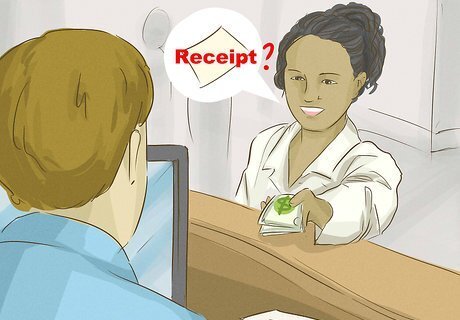
Ask for a receipt. After you hand over your cash, checks, and deposit slip, you are also finished. But remember, it is important to keep track of all of your financial transactions. This will help you to know how much money you have in your accounts, and can help you make sure the bank does not make any errors. You should receive a printed receipt from either the teller or the ATM. If you don't, make sure to ask for own.
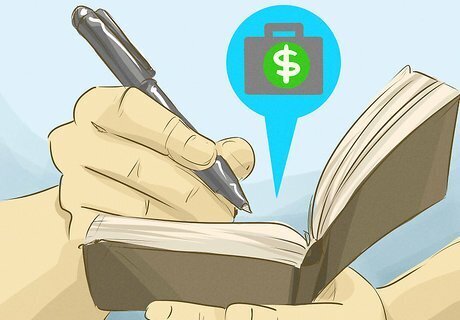
Make your own notations. In addition to bank receipts, it is sensible to keep your own records of all of your financial transactions. This can help you get a good idea of how much you are spending and how much you're saving. There are many online banking programs you can use to follow your finances. If you don't like technology, you can just use a regular notebook or ledger.
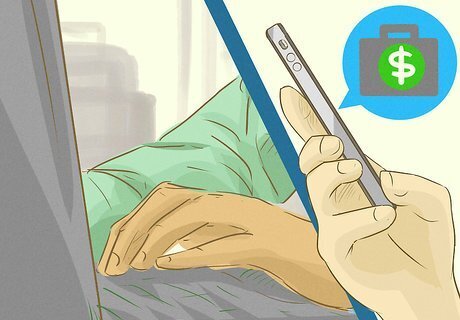
Check your account balance. You will want to follow up and make sure that the deposit is actually credited to your account. On the next business day, check your account balance to make sure the proper amount was recorded. You can do this by using your online banking system, or by phoning your bank branch.


















Comments
0 comment